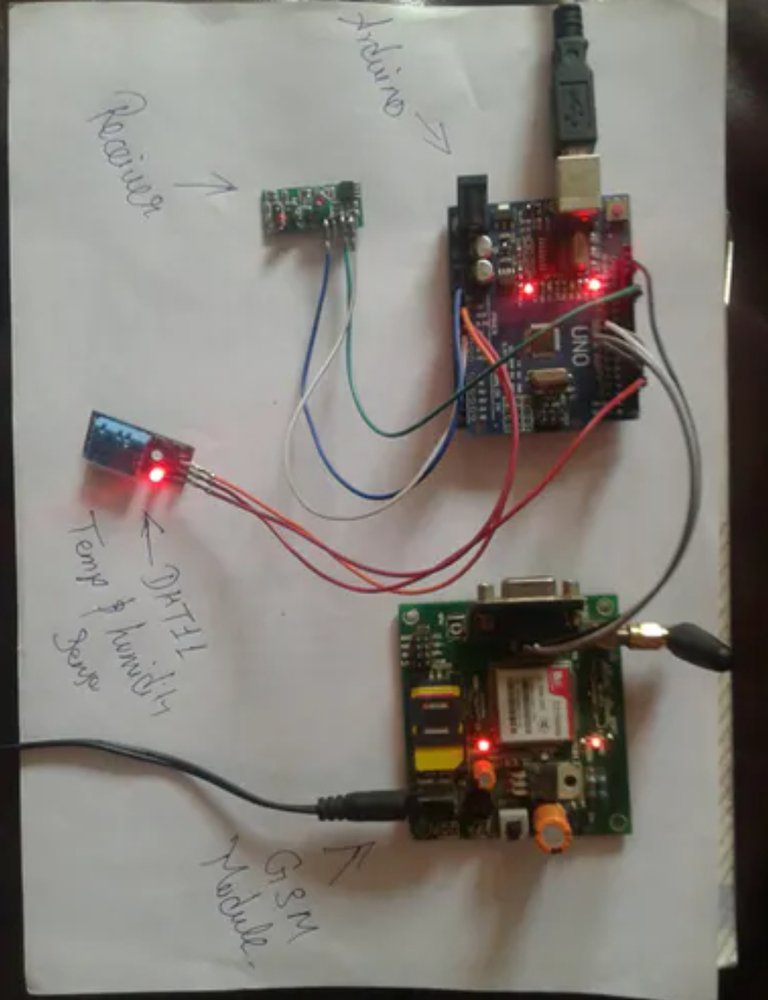ABOUT THIS PROJECT
The process of detection of forest fire initiates at any of the nodes planted on atree inside the forest. The forest has a network of nodes placed at suitable distances from each other, the nodes have a capability to communicate through devices ( RF module in our case) and by using Arduino. If any change above a threshold value is found in the atmospheric parameters (temperature rise, contamination of air with smoke, etc.) near a node (source node), the information is passed to a nearest intermediate node until it reaches to the main/head terminal. The main/head terminal uses a GSM modem to pass the information to a cell phone (the forest fire)
The COVID-19 pandemic has profoundly impacted lives around the world in countless ways. To help learn more about one of these many impacts, Tall Timbers is working with the NASA Earth Science Division through their Rapid Response program, and the Forest Service Rocky Mountain Research Station, Missoula Fire Lab to measure and better understand changes in the use of prescribed fire during the pandemic. This research is part of an effort to help mitigate the negative consequences of the pandemic on the wildfire risk reduction benefits and wildlife habitat benefits of prescribed fire use.
In March 2020, as the pandemic began to spread in the United States, many organizations halted or reduced their prescribed fire programs to help maintain social distancing for those who conduct burns, and address uncertainty regarding the potential for smoke to aggravate COVID-19 symptoms. These changes overlapped with peak months for prescribed fire use in the Southeast. NASA satellites (MODIS and VIIRS) detected a 50% reduction in active fires in March 2020, and the reduction in fires has continued in the Southeast through fall-2020. The pandemic is now in position to impact a second peak prescribed fire season for the Southeast in early 2021.
A backlog of lands that need to be treated with prescribed fire already exists, and the federal government shutdown of 2018-2019 and the COVID-19 pandemic in spring-2020 have both added to this fire deficit. Fire is a natural process and without prescribed fire as a safe substitute, forest and grassland fuels accumulate and cause more destructive wildfires that can be negative for wildlife and society.
Therefore, my project is very related to this challenge, as it helps to detect fires early and send alerts to the nearest fire station in the conditions of the Corona virus.

